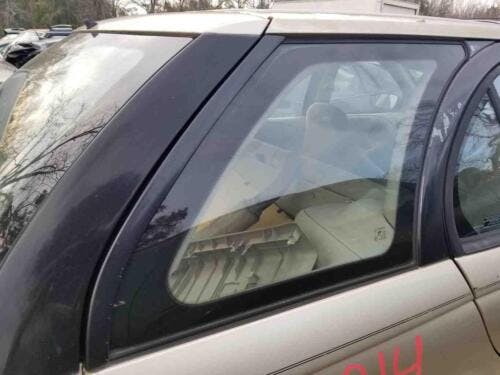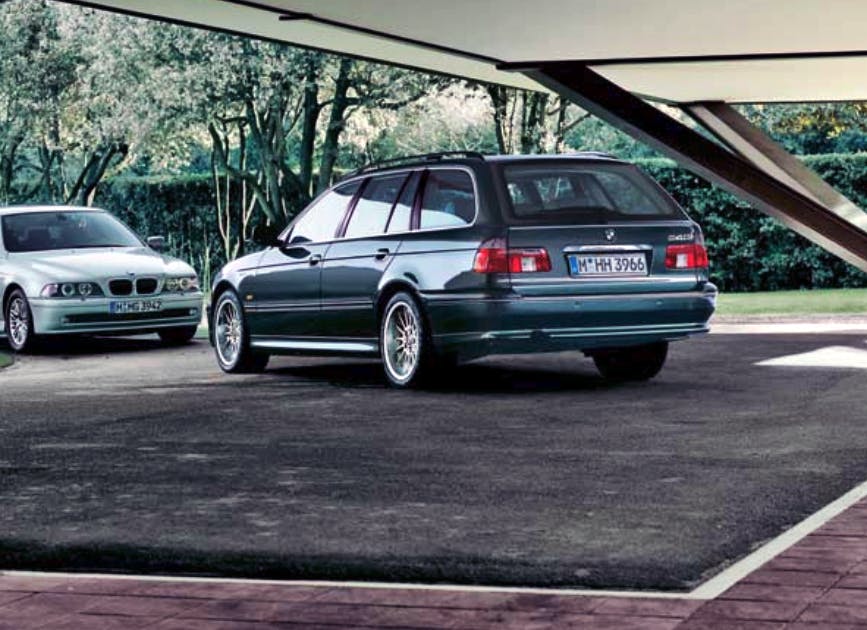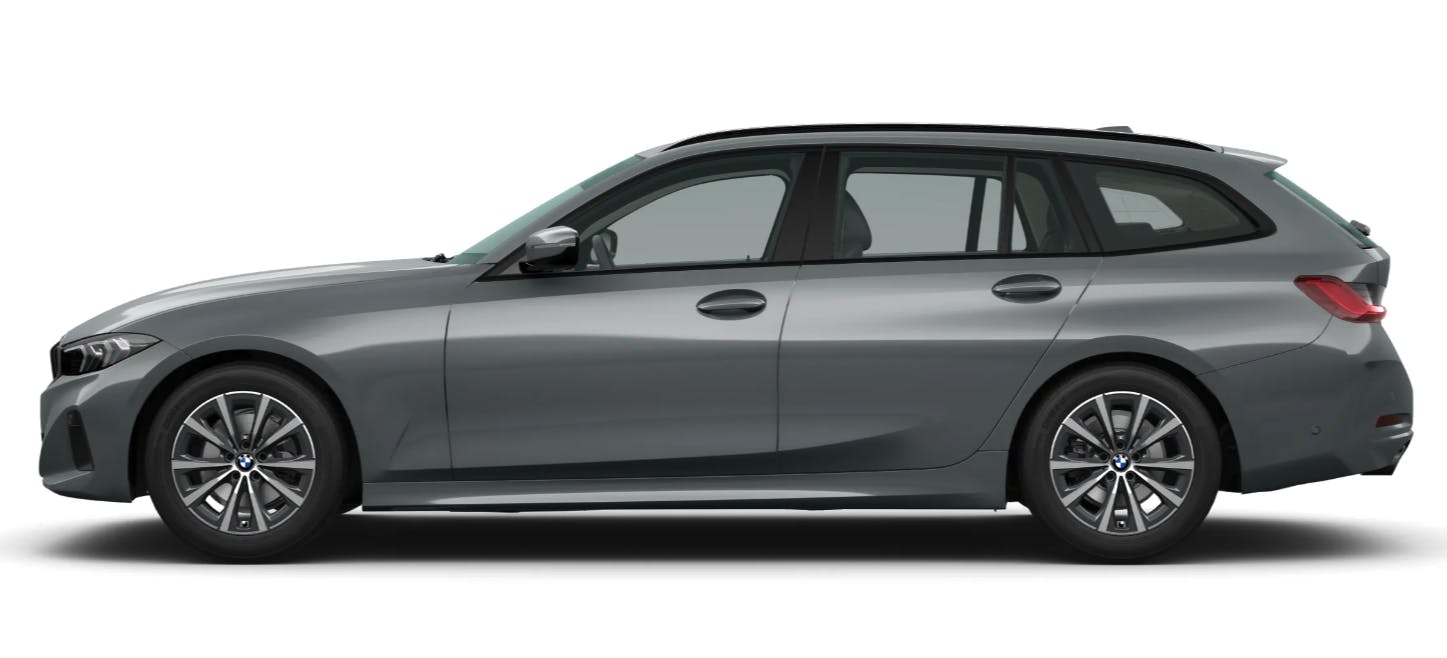Vellum Venom Vignette: Verbal emissions on greenhouse designs

Longtime reader Kyree Rollerson writes:
Hi Sajeev, I last wrote to you in 2012, and a lot has happened since then. I wanted to pick your brain on three things, all of which are daylight-opening (DLO) related:
What causes DLO fail? You coined that term sometime in the past, but what causes automakers to be unable to make the windshield, front door, and fender meet in a coordinated way?

Or, why would they make a DLO panel that’s partially made from glass and completed in plastic? I saw a current-generation Subaru Forester in traffic and noticed a bunch of tiny details that led up to a massive DLO FAIL. I understand that Subarus have always been more utilitarian than pretty (the BRZ an exception), but this could have been so much cleaner. And, in general, this kind of DLO FAIL didn’t seem to be a thing until the 2000s, so what has caused automakers to suddenly have to resort to it?
Sajeev answers:
The front of the greenhouse (i.e. at the point where the A-pillar meets the cowl) is a tough spot to make pretty these days. As for the root cause, my words from the past might help:
“DLO FAIL is when a design team’s Day Light Opening won’t make production, resulting in replacing glass with plastic cheater panels. Therefore, in internet-speak, the DLO truly FAILS.”
Eliminating the problem you’ve highlighted would likely have cost hundred of thousands of dollars that Subaru clearly could not afford. It started with a “compromised” blueprint and couldn’t turn back once the proverbial wheels were in motion, and Subaru’s Global Platform (SGP) shows this problem via the sistership Subaru Impreza.
Clearly DLO FAIL was baked into the cowl area because of some need for an upright window frame. Making that area sleeker than the window frame necessitated including a fast-looking hunk of plastic at the fender/A-pillar.
Kyree asks:
What do you think of the return of the four-window greenhouse? I remember sedans and liftbacks in the ’80s having four distinct side windows on ’80s and ’90s cars: a tall, narrow fixed window in the rear door, the two conventional, roll-down windows in the doors, and a quarter window in the C-pillar.

These cars went out of production before 2000, but it started back up a few years ago. There was the 2017 Porsche Panamera, followed by the 2018 Lexus LS, and the 2021 Toyota Mirai. And now we have the new Mercedes-Benz EQE and EQS, and the new fifth-gen Ford Mondeo (for the Chinese market). I have to say, I’m kind of excited to see it. But what say you?
Sajeev answers:
For me, this combination is less about excitement and more about making a compromised dogleg door design work with a roll-down rear window. Yes, a good design team can make a beautiful fixed window to work around the dogleg, but my (extremely limited) time as a car designer suggests adding fixed windows in doors is highly discouraged … well, at least initially, before the reality of a platform’s hard points sets in.

While it lacks the fixed window in the rear door, the value-oriented Nissan Altima in its fifth generation sports a gen-u-wine quarter window. I guess the dogleg wasn’t restrictive enough to need the fixed window, so maybe designers pushed it into the C-pillar to make the greenhouse look more expensive. Or this could be a function of the door’s internal volume relative to the rest of the body.
Or perhaps the Altima’s rear window doesn’t roll all the way down because Nissan didn’t care to provide that feature to its customers. Whatever, maybe you are on to something and this is cause for celebration!
Kyree asks:
Wagons that share their rear doors with sedans—your thoughts? The first-generation Saturn S Series was a great example of this. The wagon used the sedan’s rear doors, and Saturn saved some money not having to design or deal with two separate assemblies.
But sharing doors across the sedan and wagon turned out badly for the second-generation S Series. Rather than do something different for the wagon, Saturn just tacked more glass in behind it.
Hideous!
The fifth-generation Honda Accord wagon earned my ire for similar reasons, though not quite as much. So did the Saab 9-5 SportCombi (both the first-gen and the never-realized second-gen). But the one that really broke my heart, because I otherwise loved it, was the Cadillac CTS wagon.
I understand the economics of Cadillac building the wagon at all were so tenuous that it almost didn’t happen, but I do wish the accountants had given GM’s engineers and designers enough money to do the wagon differently.

I do not like the way the wagon’s windows meet on the rear doors with the quarter-panel window. I even made the above graphic to illustrate the difference. What do you think? Am I being a pedant and ignoring a very good car for a stupid thing, or is this a design dealbreaker? Does the production version even look bad in the first place?
Sajeev answers:
I am with you on these concerns, as wagons that share the same window framing as sedans was once an acceptable practice. That’s because sedans used to have upright and functional greenhouses, until CUVs stole their glory. That’s because CUVs are what cars used to be, forcing sedans to be even lower (looking) and sleeker than they were in previous decades. It’s a good thing most wagons died off around this time, because you’ve proven that sleek sedan doors are terrible for the wagon’s mission.
Cadillac clearly cheaped out, relative to something like the E39-chassis 5 Series Touring, a vehicle GM likely benchmarked during the CTS’ infancy. Note just how different the rear window frames are shaped between the sedan and the touring above. It’s clear one was designed for performance, while the other for utility. But the E39 is old news, so let’s check in with something more modern.
Yup, the folks at BMW still spent the money to do it right: Note the size of the quarter windows between sedan and “touring” versions of today’s BMW 3 Series. This isn’t a big ask in terms of time and money, just a new window frame for the rear door to go with all the other changes required to make a sedan into a wagon. Or perhaps it is indeed a big ask, if you aren’t already a dominant player in the European touring car market?
No matter, I have a feeling that LS powertrains and V-series engineering cure all CTS-wagon design ailments for most folks. And this rising tide should lift the value of the V-6-powered CTS wagons, too, eventually. There will be more demand than supply, but these omissions of detail always rub me the wrong way, especially when the competition has a track record of doing that same detail correctly.
Cadillac just never wanted the touring/wagon market as bad as BMW. Probably a good idea, because America is a nation of CUVs and SUVs. But I feel your pain, as endeavors of the most detail-oriented car enthusiasts are precisely what we do here at Vellum Venom. So I thank you for your note.
Do you have a car design question? Email me at pistonslap@hagerty.com and we’ll turn it into a Vellum Venom column!
***
Check out the Hagerty Media homepage so you don’t miss a single story, or better yet, bookmark it. To get our best stories delivered right to your inbox, subscribe to our newsletters.








In my time at Fisher Body, late 70s, early 80s until Fisher Body was exploded, I heard from a lot of the old timers about the importance of these kinds of details. It was what made GM a style and value leader in the old, long ago days. It also made them more than a little contemptuous of other car makers. The introduction of roof ditch moldings, in Audis and others, made them laugh out loud. Good cars had had metal-finished joints so there was no interruptions in the smooth lines the styling people drew. Visible fasteners drew ridicule also.
I learned a lot from these guys about making cars. Too bad they were all swept away when Roger Smith took over, and abolished Fisher Body.
Good to hear your experiences lined up with what I’ve seen/heard about Fisher Body, as they were definitely able to finesse a clay model into a beautiful work of industrial art better than any other big volume automaker. Maybe better than small volume ones too, as some iconic Italian cars look pretty terrible when you examine them up close.
Wagons using sedan rear doors goes way back. I feel like every GM car of the late 50s and 60s did this (but would be interested in the exceptions).
Some wagons look great, others awkward.
The 67 Impala wagon looks pretty good for example. But would it look better if the rear door had a parallel line to the rearward-side of the front door?
Utility wise, that extra bit of headroom for ingress would certainly appeal to those dealing with car seats today. Kia Souls for example give you that nice door line on the rear doors. [Rest of styling on a Soul appeal will vary]
Wagon were top of the price vehicles in their day. Arguably the extra tooling cost to do unique doors could have been justified. Unless you stretch the wheelbase in the right spots to alter the dogleg for wheelwell though it is only the top part of the door, and the customers didn’t demand it –so I get why they took the savings.
Funny. I guess your insight is why the BMW’s always looked better to me. Their three series designs always looked right, compared to Cadillac, Lexus, Infiniti. But now with the big nostrils, I think Hyundai and Kia are the design leaders. I just wish that they drove like BMW’s!
I always thought the Lincoln Marks of ‘69-‘71 were cool in that the small third windows retracted rearward into the rear pillar.
Peugeot took station wagon differentiation to great lengths. I’m most familiar with the 505; that car had completely different body panels from the edge of the windshield on back. The windshield and roofline were taller than the sedan. A truly commodious and properly functional wagon.
They don’t go to quite those extremes, but I’m rather fond of the lines on my 2013 Mercedes S212 kombi.
I do feel the DLO fail is on the increase. my favorite useless “window” of plastic is the C8 Corvette. This tiny little window of black plastic. To me might as well have turned it body color.
Toyota Tercel and Corolla wagons of the late ‘80’s and early’90’s had some terrible integration of back door and rear side window, especially some all track models which I believe changed the glass to accommodate different rear suspension hardware